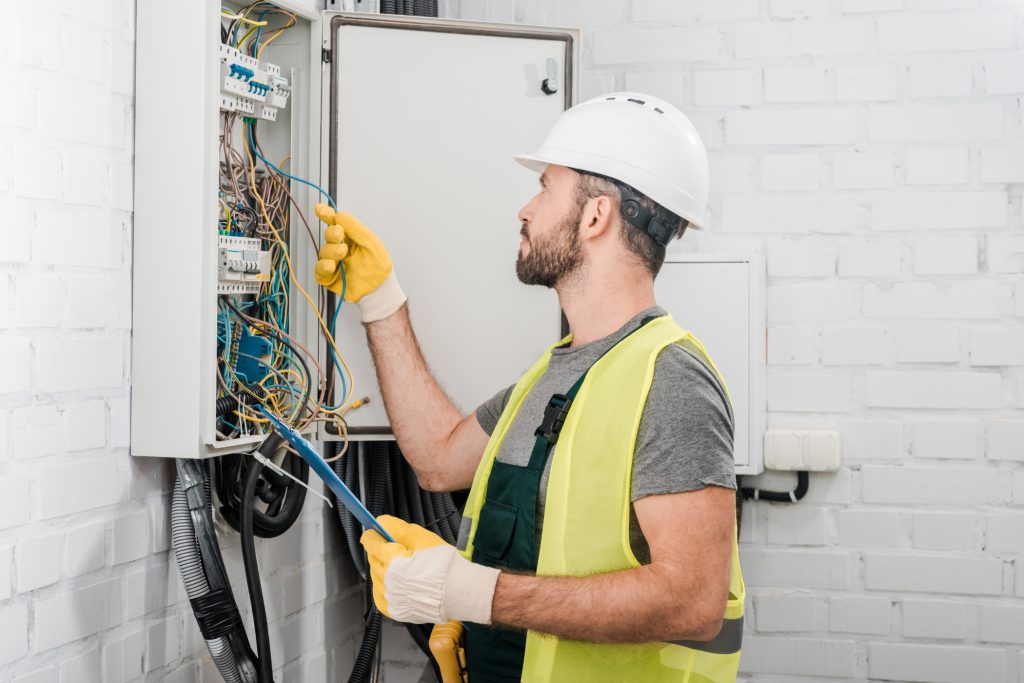How to Troubleshoot Circuit Breaker Tripping – 4 Common Causes & Solutions?
What is a Circuit Breaker Tripping?
These electrical devices are used to trip in the event of a power interruption. Circuit breakers, also known as circuit interrupters or circuit protection devices. Typically found in homes, businesses, and public buildings such as hospitals and airports.
A circuit breaker may trip to interrupt power flow when the measured current flow exceeds a preset level on the current transformer. The result is that some customers find themselves without power for an extended period of time.
Power interruption can cause damage to appliances such as air conditioners, refrigerators, washing machines, and furnaces if they remain on during a blackout or trip when there is no electricity running through them.

Problems and Solutions
This is a list of circuit breaker tripping solutions and power interruption solutions.
1. Adjust circuit breaker settings to lower the trip point.
2. Reduce demand by instructing customers to conserve power or by turning off non-critical loads when demand is at its peak.
3. Reduce the load on the circuit breaker by using higher-grade insulation or disconnecting unneeded loads from the feeder (lights, water heaters, etc.). If a circuit breaker is tripped too often, it may need to be replaced.
Causes and Symptoms
When the circuit breakers of a power plant trip during an outage, it can cause a significant loss of infrastructure.
The primary cause for these tripping is the unexpected rise in demand for electricity. When demand for electricity suddenly spikes, there is a high probability that the circuit breaker will trip. This can lead to serious consequences if left unchecked.
It can also occur due to other factors such as power outages from storms or accidents at different facilities that may disrupt the machine operations and increase demand on the grid at once.
Circuit Breaker Troubleshooting Checklist
In order to make the best use of a circuit breaker, it is important to create a troubleshooting checklist. This checklist should include the following:
1) Check if the breaker has tripped or blown.
2) If the breaker has tripped or blown, check for any damage to wiring and test for continuity with an ohmmeter.
3) If there is still no continuity in wiring, test for power in your fuse box by turning on all fuses and flipping breakers back-and-forth with your fingers.
4) If there is still no power after conducting tests, replace the circuit breaker and test for continuity with an ohmmeter as well as power in your fuse box.
5) After replacing the circuit breaker and completing testing, call out a professional electrician if you need further assistance.
Use this Circuit Breaker Troubleshooting Checklist to Prevent Power Outages
When power outages are imminent, it is important to prepare for the worst. You would be surprised to know that many who fail to prepare end up as a victim of outage.
This checklist covers the most common cause of power outages, such as downed power lines and transformer problems.
This checklist will help you determine if you should take precautionary measures before an outage actually confirmed, such as disconnecting appliances. It also has tips on what you can do in advance, such as checking your fuse box and wiring panel to prevent potential issues with your home’s electrical system.
If you find yourself in need of an emergency electrician in Bromley, now is the time to call a professional. With the knowledge and experience that they bring, they can ensure the safety of your family, home and property.
